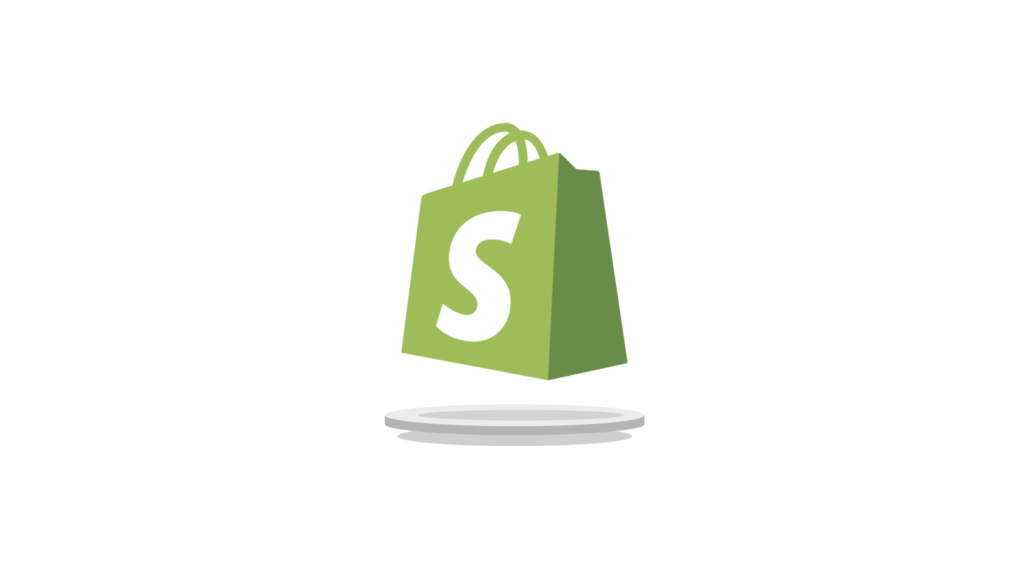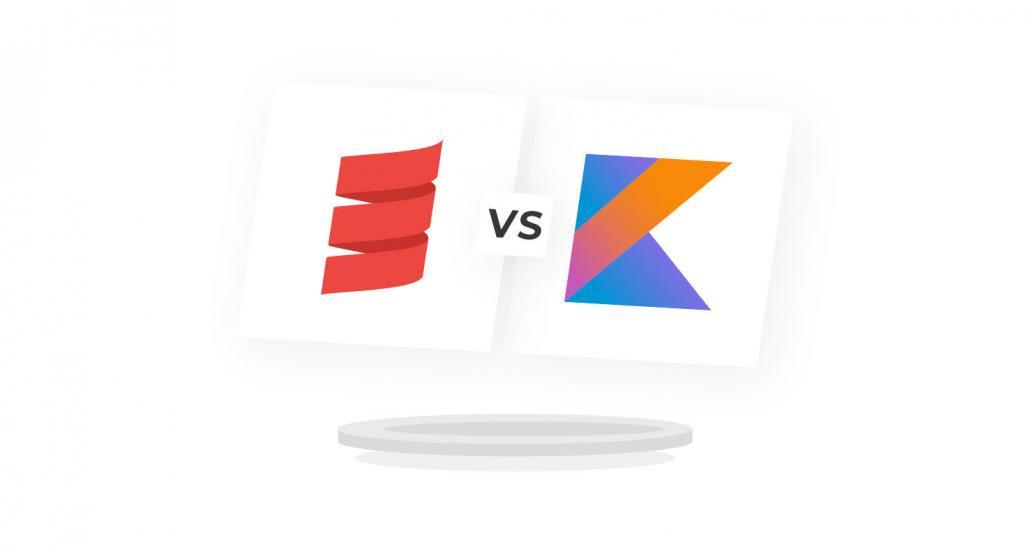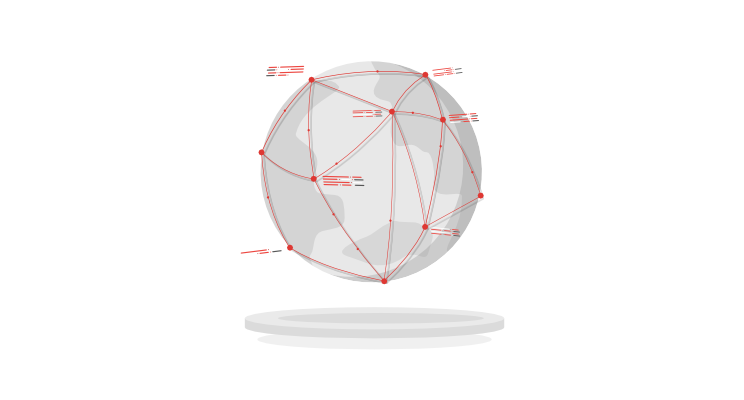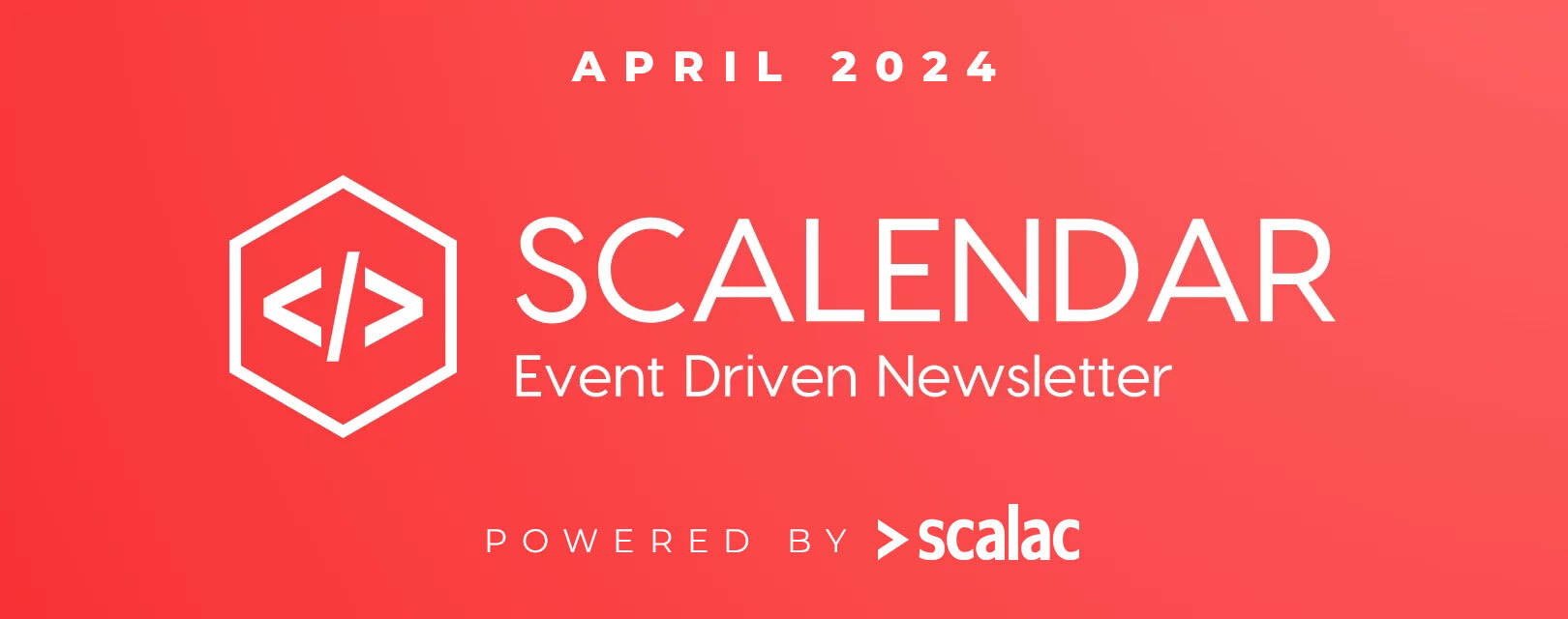
What Is Headless Shopify, and Why You Should Try It?

What Is Shopify?
The multinational Canadian commerce company Shopify was founded in 2004. Since then, the well-known brand’s popularity has grown substantially, with its gross profit increasing eighty-seven percent in the third quarter of 2020.
It currently provides services that support over one million businesses in one-hundred-and-seventy-five countries. Collectively, these businesses make more than two-hundred-billion US dollars in sales.
Shopify offers a single platform that enables users to sell products globally, both in-person with its point-of-sale (POS) feature and online via a website. Its feature-set covers all aspects of sales, including managing orders, shipping, and payment. In addition, Shopify provides tools for the creation, execution, and analysis of digital marketing campaigns.
Along with its more traditional architecture, Shopify offers a decoupled headless framework. This article will give a concise explanation of what headless Shopify is, how to set it up, and briefly guide you through several points of consideration that will help you determine whether or not it’s the brand for you.
What Is Headless Shopify?
Headless Shopify is a Shopify Plus feature that allows users to move away from the traditional “full-stack” approach of Shopify’s traditional architecture to a format with a front-end design isolated from the back-end functionality.
This decoupled framework means your Shopify storefront can be published both to and from almost any platform at a significantly higher pace. It also offers a high degree of flexibility as companies can use any device to manage the checkout process and employ any content management system (CMS).
The Shopify Storefront API is a core part of Shopify’s headless framework. It provides companies with creative control and the functionality to offer various buying experiences irrespective of customers’ locations. Brands can use their own client or opt for libraries included in the Storefront API Buy software development kits (SDKs). These SDKs add commerce features to apps, websites, and games. A notable example is the JavaScript Buy SDK, a lightweight library based on Shopify’s API. It enables websites to fetch information about products from your shop, add products to cart, checkout, and more.
What’s more, headless commerce works in both offline and online environments. One online feature is progressive web apps (PWAs), which utilize pre-caching and progressive rendering for websites, leading to fast load times and multi-device compatibility. Another is custom native mobile apps that allow for online experiences. Conversely, offline features include smart mirrors, live streaming, vending machines, voice shopping, and video games.
What Are The Benefits of Using Headless Shopify?
Here is a brief overview of the most important benefits of headless Shopify:
- Due to its decoupled architecture, headless Shopify makes personalization easy and pushes user experience to the forefront. It allows brands to create customer-centered experiences that fit the requirements of different devices. Various templates are available to help businesses get started.
- Shopify’s headless architecture helps brands stay up-to-date with emerging trends thanks to its experimentation-based approach to developing marketing, selling, and content management features.
- Integration with third-party applications and services is quicker when using a headless framework, allowing an omnichannel approach and faster time to market.
- Headless Shopify is a highly scalable platform capable of growing with your business. Thanks to its isolated front-end, it can also handle any visitor spikes.
- The simplicity of custom mobile apps means that staff without technical expertise can contribute more to the overall customer experience, thus reducing the need for developers and enabling brands to go to market quickly.
- The APIs and microservices that headless Shopify offer are a good choice for both fast-growing retailers and retailers stifled by more traditional formats.
- Headless Shopify offers technical flexibility because businesses can use any coding language or content management system (CMS).
- Shopify offers round-the-clock support for businesses through online tutorials and its hotline, email, and live chat services.
With all of these points in mind, it’s worth mentioning that headless Shopify isn’t the right choice for every company. Initial costs can be high, and companies will need to work to an exact timeline to generate a return-on-investment
Examples of Companies Using Headless Shopify
With more customers expecting fast load times and unique shopping experiences, headless frameworks have grown substantially in popularity. Here are three examples of businesses that utilize headless Shopify effectively.
Koala
The Australian furniture company Koala leverages headless Shopify to streamline its development processes. With ethics and innovation at the core of its business, Koala’s creators use their progressive web application (PWA) to create unique customer experiences at speed. The head of technology at Koala stated, “Most companies would kill for our velocity. The speed with which our development team can deliver solutions from ideation to production is triple what I’ve seen anywhere else.”
Inkbox
Canadian temporary tattoo retailers Inkbox are passionate about offering customers the ability to create individual products. The company’s project manager stated that “[Inbox’s] customers are interested in one-of-a-kind designs. The Buy SDK supports our custom tattoo platform by creating new products on the fly for a seamless website experience.”
Grass Roots Farmers’ Cooperative
Grass Roots Farmers’ Cooperative is a farmer-owned cooperative of small-scale USA family farms. Founding farmer and CEO Cody Hopkins said that the cooperative utilized headless Shopify to create “the best user experience for customers.” What’s more, he found that “the progressive web app significantly increased mobile average order value,” which opened up more resources for sustainability efforts.
How To Set Up A Headless eCommerce Shopify Store
This short step-by-step guide will show you how to set up a headless eCommerce Shopify store.
- Choose the right technology for your storefront.
- Before deciding which technology you will use to build your user interface, consider your development team’s skill-set and how each specific technology meets your storefront’s design and technical requirements.
- Most Shopify storefront templates use the Shopify Storefront API and are usually coded in React.js and Ember.
- Other options to consider are static site generators like Gatsby.js or Next.js or headless content management systems like Prismic or Contentful.
- Familiarise yourself with the Shopify Storefront API
- The Storefront API is available with GraphQl. Shopify’s GraphQL guide is a great place to start, followed by the “Getting started…” page of the Storefront API.
- Generate an access token
- To generate an access token, go to your Shopify admin. Select the section “Apps” and click “Manage private apps.” Next, click “Create new private app” and add an app name and email. Then in the Storefront API section, select the checkbox for “Allow this app to access your storefront data using the Storefront API,” select which data types you want to expose to your app and click “Save.”
- After clicking “Save”, you will find a generated storefront access token at the bottom of the Storefront API page.
- Build and customize your storefront
- Familiarizing yourself with the custom storefront example applications will provide guidance when it comes to customizing your storefront.
- For a React.js application, install the JavaScript Buy SDK using NPM or Yarn. Then simply import the client object into your application code. Once the client is initialized, requests can be made to the Storefront API. The JavaScript Buy SDK docs and official API documentation on Shopify’s website are useful resources for checking which data is available.
Work With Scalac to Implement headless Shopify in Your Business
Do you want to build a fast-loading storefront? Are you looking for customizable storefront templates that offer unique customer-experiences and a user-friendly native mobile app? Or perhaps you simply feel you’re moving slower than competitors? If the answer to any of those questions is yes, then Headless Shopify might be the solution for you and your company.
If you want to experience the benefits of headless Shopify in your business, get in touch with Scalac today. We’ve helped a wide variety of clients build and improve their digital ecosystem. Whether you’re creating a one-page mobile app or a distributed, feature-rich SaaS platform (or anything in between), we can help.
Read more











